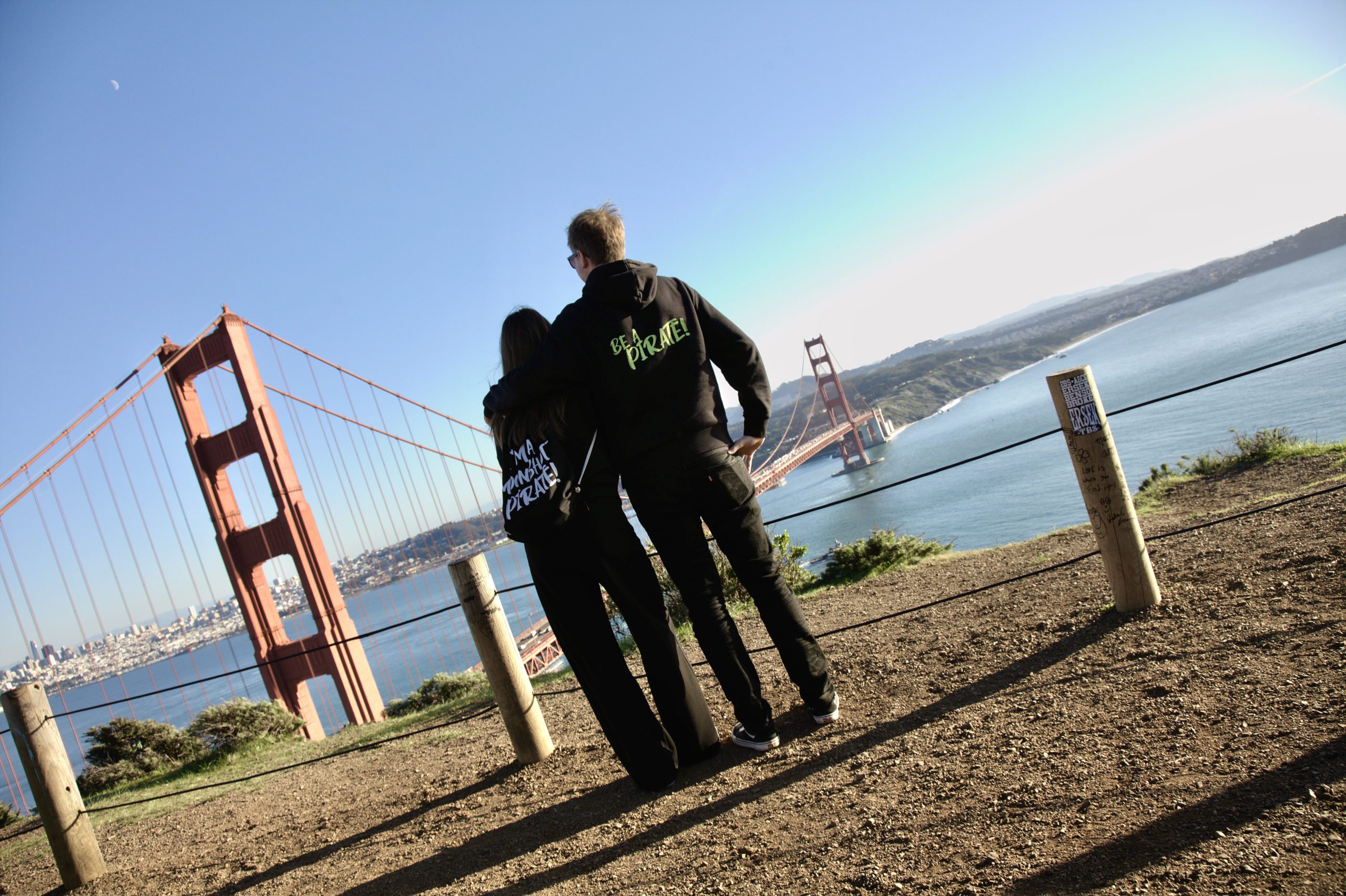“I can’t bear it any longer.” This thought rushed through my mind when I took a look at my room. It was so full that there was not enough space for my thoughts, my inner peace, and air. That was the point when I decided I had to change something. Minimalism. The art of owning less. Not only less stuff but also fewer mobile apps and less toxic relationships. It’s about finding out what truly matters to you in life and providing more space for those things, people and thoughts.
A synonym for Minimalism? Freedom.
The first time I encountered Minimalism was in Marie Kondo’s famous book “The life-changing magic of tidying up”. It got me really motivated to declutter my room. After one whole day of getting through all my stuff and convincing my mum that I didn’t need those clothes, I felt wonderful.
But over the months the stuff came back until I was where I had started. This time I decided to slightly change my actions and my mindset about Minimalism. And I must admit that it worked! Here are the things that I did differently and that helped me move towards a more minimalistic life.
Surround yourself with Minimalism
One thing that supported me in my decluttering was that I not only read some books but also listened to talks about Minimalism almost daily. Doing this, I noticed a magical thing: While listening, my mind was unconsciously gathering ideas of what else I could get rid of.
Here are some resources on Minimalism to read
- The Life-changing Magic of Tidying Up – Marie Kondo
- The Year of Less – Cait Flanders
- What Your Clutter is Trying to Tell You – Kerri L. Richardson
- The More of Less – Joshua Becker
- Project 333 – Courtney Carver
- Goodbye, Things – Fumio Sasaki (My all-time favorite!)
… and to listen to:
- The Minimalists
- Search for “Minimalism” on YouTube
Out of sight – out of mind
Sometimes we are used to the presence of a thing, sometimes it’s just difficult to let go. I had that with some trophies. So instead of throwing them away immediately, I put them in a box in another room. At first, the newly created space was unusual but after a day I felt so liberated that I couldn’t imagine ever putting something there again.
If you aren’t able to part with some things, put them somewhere you can’t see them and observe how your connection to them changes over time.
Repeat instead of going deep
The first time I decluttered I devoted one whole day to go through every single spot in my room. I went deep into minimalizing. Fortunately, I didn’t have this day the second time. So I just started with taking one thing out of my room. If I could spare 10 minutes, I would tackle one drawer or one shelf with books. And I would do it without pressure. The question I would ask myself was: “What is the thing that is the easiest for me to let go of?”
With time, I felt how my mind got used to letting things go. Then I would return to the same places I had already gone over, and I had the strength to get rid of something that I wasn’t ready to let go of in the first place.
So start with roughly scanning your surroundings and getting rid of the things you feel you can bear without. Repeat that regularly and you will be able to let go of even more.
Make minimalism your habit! You can also find out more about building habits that serve you in my previous blog post here: Creating Epic Habits
Give them a second life
It feels cold-blooded to just throw perfectly working things away. And you don’t have to do that. Instead donate them to a social organization (Red Cross, Charitas…). If you’re willing to sacrifice some time, you can sell your things online and get a small return from them. But keep the mindset of providing your things with a better place and doing someone else a favor rather than making money.
It’s not about the stuff
Yes, Minimalism is about minimizing your possessions but actually, it is even more about finding out, what is important in your life and even more important: What defines you? At some point, the question arose: “What would be left of me if all my possessions would be taken away?” I think that’s a question we should all ask ourselves.
Last but not least I must confess that I’m still not a minimalist. There are still plenty of things I could live happily without but I haven’t had the strength yet to encounter them. But I already feel more freedom in my mind and spend less time tidying up my room because there are fewer things that can clutter it. That is what keeps me going and reminds me of the most important thing:
Minimalism is not a goal. It’s a way of life.
Minimalism is a journey, not a destination. So enjoy it!



